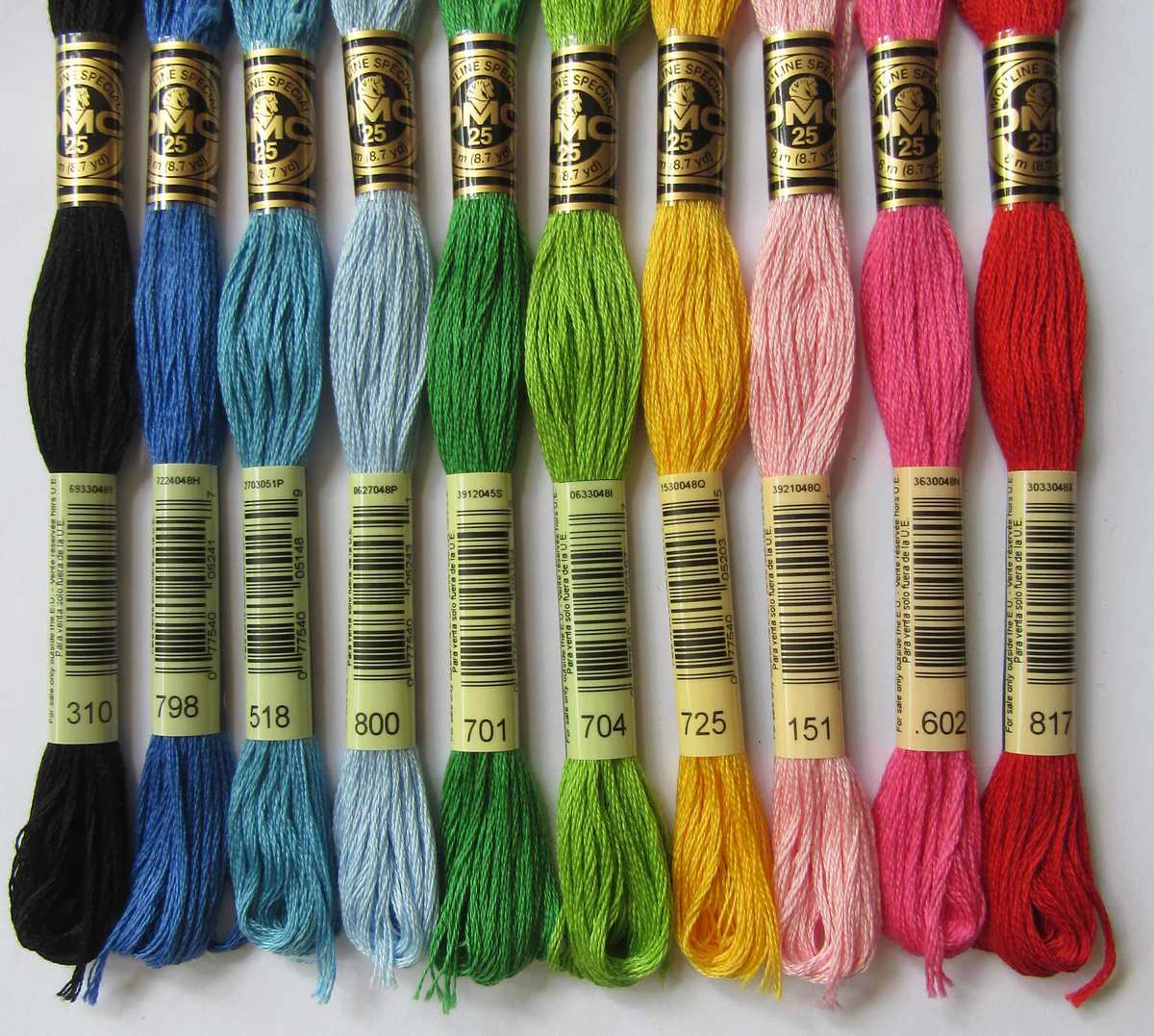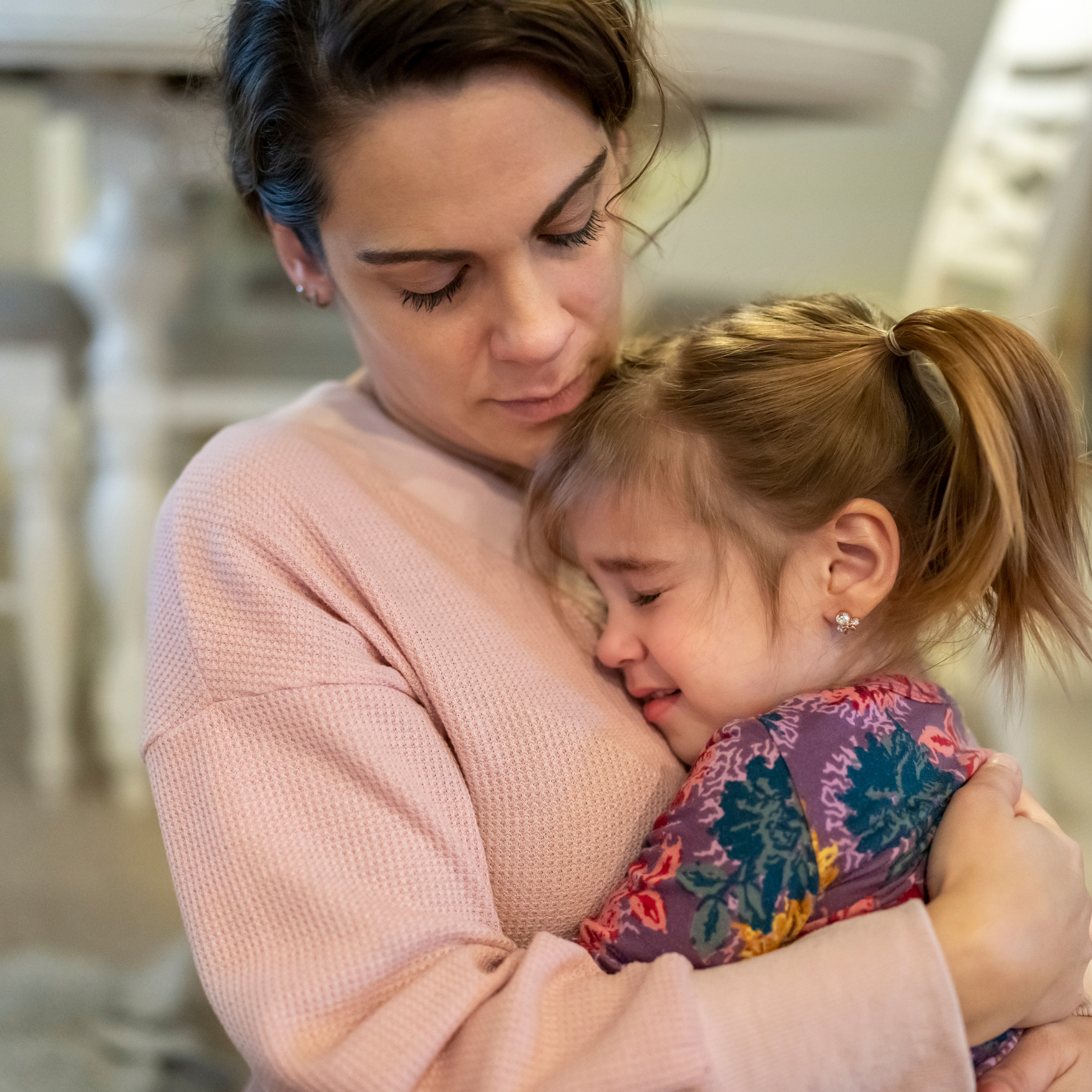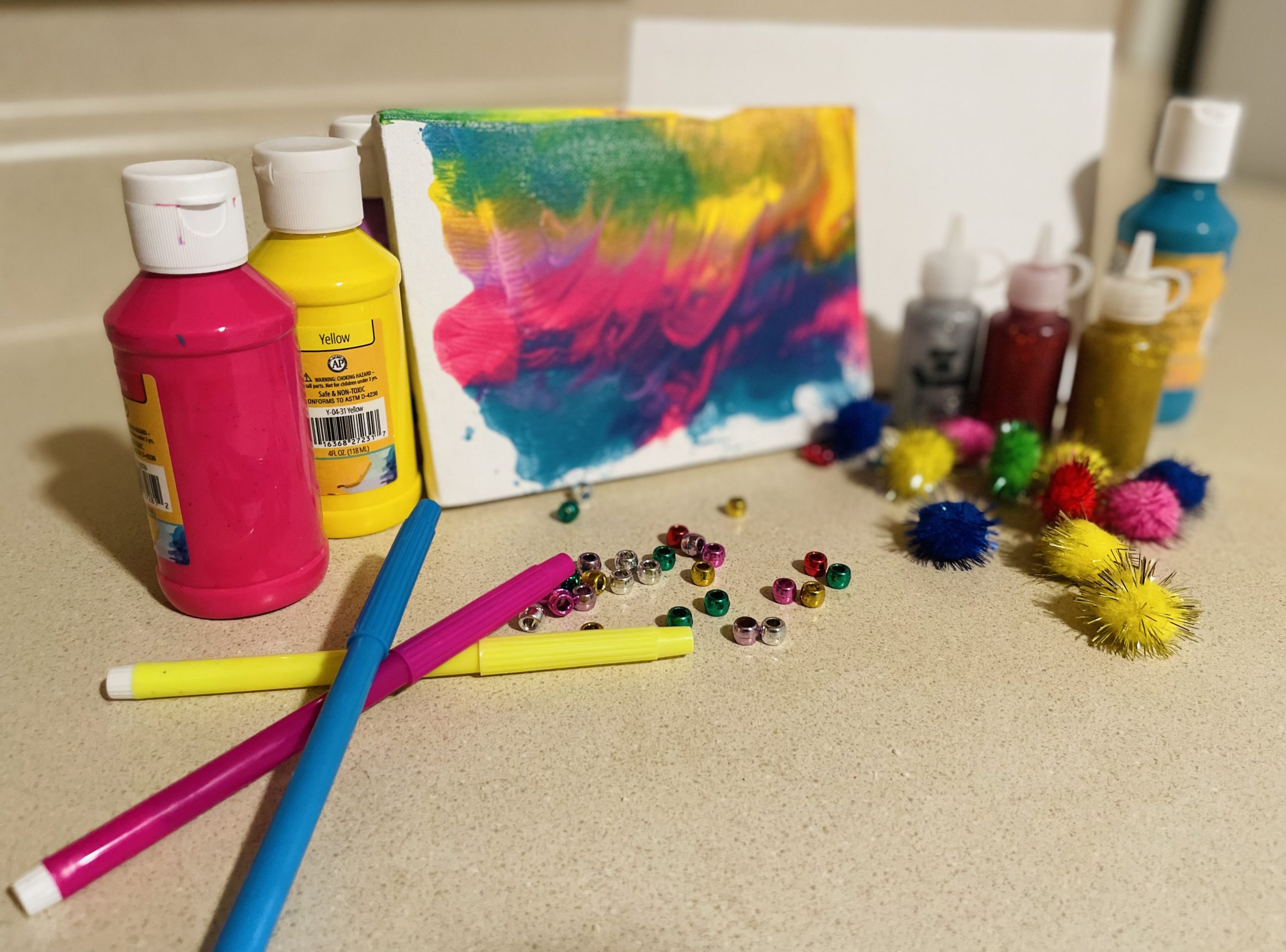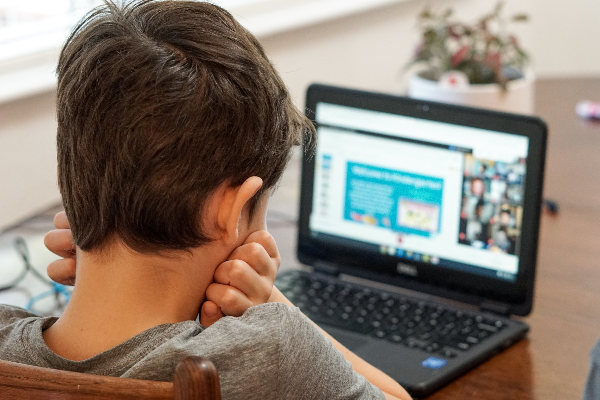Everyone can benefit from structure, especially children during the long summer months. Routines provide consistency and set clear expectations, which can help increase positive behaviors. A great way to establish and maintain a summer routine is by using a visual schedule. Visual schedules are particularly effective because they cater to children of all ages and abilities. By incorporating pictures of daily activities, even children who struggle with reading can use them effortlessly.
Why Are Routines Important?
Routines come naturally, making it easier for children to replace unproductive habits with productive ones. Here’s why routines are essential:
- Reduce Stress: Routines bring order to daily chaos, decreasing stress for children and their caregivers.
- Enhance Learning Potential: When stress is minimized, children are better equipped to learn new skills and habits.
- Promote Independence: Consistent routines empower children to complete tasks on their own, boosting confidence.
How to Turn a Routine into a Schedule
To create an effective schedule, start by identifying the natural flow of your child’s day. A sample schedule might look like this:
- Wake up, get dressed, and ready for the day
- Eat breakfast
- Learning time
- Eat lunch
- Playtime
- Arts and crafts
- Snack time
- Outdoor play
- Screen time
- Eat dinner
- Relaxation or playtime
- Bath time
- Bedtime
Key Tips for Success:
- Consistency is Crucial: Keep meal and bedtime routines consistent, even if daily activities vary.
- Use Visual Aids: Incorporate icons or pictures that represent each activity. These can be printed or hand-drawn.
- Involve Your Child: Let your child help select or create icons for their schedule. This promotes excitement and independence.
Balancing Structure with Flexibility
While structure is important, it’s equally vital to include open-ended activities like “free time” or “playtime” in the schedule. These moments allow children to make choices and foster creativity.
Craft Ideas for Unstructured Time
Learning-Based Craft: Counting Octopus
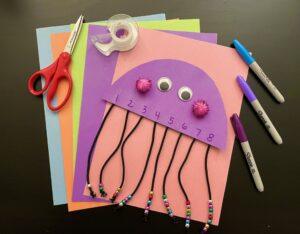
Materials Needed: Colored paper, scissors, yarn/string, plastic beads, tape, crayons/markers.
- Create an octopus base using colored paper.
- Decorate it with eyes and numbers (1–8) along the bottom.
- Attach yarn tentacles below each number.
- Use plastic beads to practice counting by stringing beads onto each tentacle.
This activity strengthens both counting skills and fine motor abilities.
Leisure-Based Craft: DIY Freeze Pops

Materials Needed: Water/juice/yogurt, fruit of choice, freeze pop tray/plastic cups, popsicle sticks.
- Choose fruits and cut them into small pieces or puree them.
- Add your preferred base (water, juice, yogurt) to a tray or cup.
- Mix in fruit pieces or puree.
- Insert popsicle sticks and freeze overnight.
This fun treat is perfect for summer days and allows endless flavor combinations!
Benefits of Visual Schedules
Visual schedules offer numerous advantages:
- Predictability: Helps children understand what comes next in their day.
- Behavior Management: Reduces anxiety and improves focus by setting clear expectations.
- Independence: Encourages self-initiation of tasks without constant reminders.
- Flexibility: Allows easy adjustments for unexpected changes while maintaining structure.
- Pre-Literacy Skills: Reinforces the concept that symbols represent actions or ideas.
By creating a visual schedule tailored to your child’s needs, you can bring structure and joy to their summer days while fostering independence and creativity! If you’d like to learn more parenting tips, check out our Purposeful Parenting Workshop!
Citations:
- https://storychief.io/blog/optimize-blog-posts-seo-visibility
- https://www.nspt4kids.com/parenting/5-reasons-child-needs-visual-schedule
- https://www.webfx.com/seo/learn/blog-structure-for-seo/
- https://www.thesideblogger.com/seo-for-beginners/
- https://ed-psych.utah.edu/school-psych/_resources/documents/grants/autism-training-grant/Visual-Schedules-Practical-Guide-for-Families.pdf
- https://alinathomas.com/how-to-optimize-blog-posts-for-seo/
- https://yoast.com/seo-friendly-blog-post/
- https://coxcampus.org/visual-daily-schedule-for-children/


